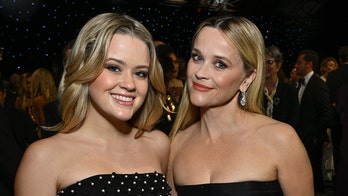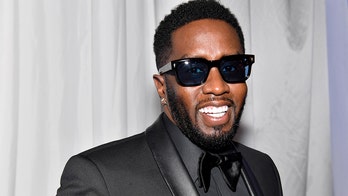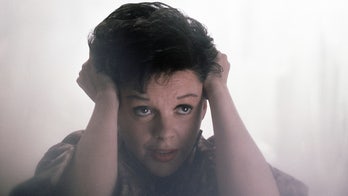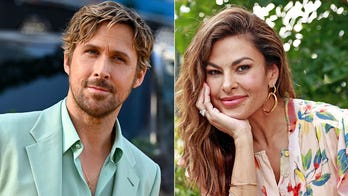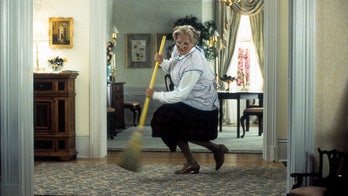For TV junkies, it's kind of hard to remember what life was like before FX's excellent 10-episode miniseries, The People v. O.J. Simpson: American Crime Story. It wasn't just great TV but re-ignited a kind of national obsession with O.J. Simpson and the case: ESPN debuted its own acclaimed series, O.J. Simpson: Made in America; Prosecutor Marcia Clark re-emerged, vindicated as a feminist hero; somebody came forward with a knife found at the site of his now-razed home; Real Housewives of Beverly Hills used the feud between Faye Resnick and Kathryn Edwards (tangential characters in the Simpson case) as a plot point in its most recent season.
Catch up on all the news from TCA
In its aftermath, including a whopping 22 Emmy nominations, there's still even more to digest and ponder, which producers as well as Sarah Paulson and Cuba Gooding Jr., who played Marcia Clark and O.J., did at the Television Critics Association gathering Tuesday. Some highlights and things we never knew:
1. It was almost 11 episodes instead of 10
They'd intended on doing one episode solely about the night of the murder -- a step-by-step procedural about what went down. "We realized we wouldn't meet the cast. We realized that would be ridiculous," said executive producer Larry Karaszewski. They'd thought about doing an episode just on the jury selection too.
2. Neither Sarah or Cuba have seen it; it's made both of them literally sick
Footage from the show played on big screens in the Beverly Hilton ballroom; Paulson said even the little bit she saw made her physically sick. "I felt very connected to her. I felt a lot of feeling for her." Cuba said he would try to be lighthearted on set but, "seeing that Bronco made me physically ill."
3. Producers had no idea about ESPN's documentary
But they liked it. "It's a great documentary," said executive producer Brad Simpson. "When we meet O.J. in the show he's already a murder suspect. That documentary contextualized it in a way we could never do."
4. People came up to them and said mind-blowing things after it aired
Cuba said "poverty ridden" people (which we can assume were largely black) came up to him and said, "That motherf---- did it." White people would say, "I saw your show and I'm thinking now he didn't do it." Others said the show was nothing like they thought it would be. And Brad Simpson, who said the show kept him away from home for almost a year, showed footage to his working mom wife, who told her therapist Sarah Paulson's depiction of Marcia Clark was one of the most accurate portrayals of a working mother's life she'd seen.
5. Sarah Paulson wants that Emmy, and she's not ashamed to say it
"I've wanted to be an actress since I was six years old," she said, joking that having not won yet has been a little painful. "I imagine that winning would feel really good."
6. They were going to do an episode that showed where everyone was at the time of the Rodney King riots
The riots are crucial in understanding the context for the case, producers said.
7. The N-word became an important -- and funny -- part of the story
Ryan Murphy consulted with Broadcast Standards and Practices to convey his judicious use of the racial slur that becomes important when Johnnie Cochran, played by Courtney B. Vance, mocks Chris Darden (Sterling Brown) for trying to have the word censored in court. Brad Simpson noted that people had never heard Nathan Lane say it so many times, and at one point in filming, Vance kept forgetting his lines. There was this very nice, "very white" script supervisor who would have to give Courtney his line every time he forgot, Simpson said. "She'd have to scream the N-word over and over." From outside in the hallway, no less.
The second season of American Crime Story is currently in development at FX.
